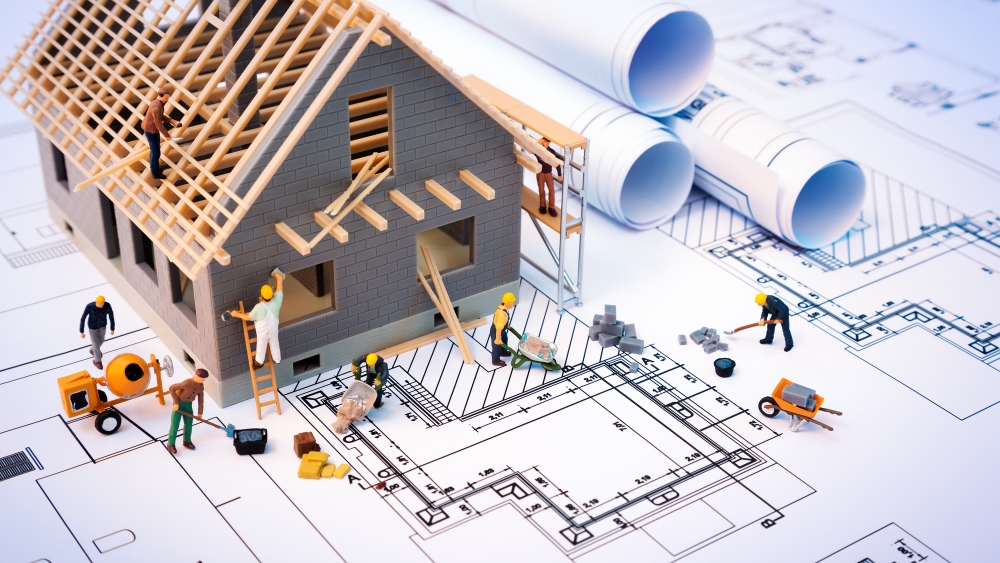Geomatics-Based Architectural Design For Accurate, Data-Informed Planning
Geomatics-based architectural design is revolutionizing the way architects approach planning and construction, offering a more precise, data-driven methodology for developing structures. By integrating geomatics technologies, such as Geographic Information Systems GIS, remote sensing, and global positioning systems GPS, architects can gain a comprehensive understanding of the land, environment, and spatial data that are crucial for informed decision-making. This approach combines the traditional architectural design process with advanced data analysis, ensuring that every aspect of a building’s development is aligned with the surrounding geography, climate, and infrastructure. One of the key advantages of geomatics in architectural design is the ability to gather accurate, real-time data about the project site. Traditional methods often rely on manual surveys or limited data, which can lead to errors or oversights in the planning process. With geomatics, data is collected using highly precise tools such as LiDAR, photogrammetry, and 3D scanning, providing a detailed, multidimensional view of the site.

This precision allows architects to better understand the terrain, natural features, and built environment, minimizing the risk of mistakes and ensuring that the design integrates seamlessly with its surroundings. Incorporating geomatics into architectural planning also enhances the ability to optimize designs for sustainability and efficiency. By using GIS and environmental data, architects can analyze factors like solar exposure, wind patterns, and water flow, helping to design buildings that are energy-efficient, environmentally friendly, and well-suited to the local climate. For instance, determining the best orientation for a building to maximize natural light and reduce energy consumption can be easily achieved by overlaying topographic and environmental data onto a digital model of the site. Similarly, by understanding the local ecosystem and natural resources, architects can avoid building in areas prone to flooding, landslides, or other environmental risks. Furthermore, geomatics-based design facilitates better communication and collaboration between architects, engineers, urban planners, and other stakeholders involved in the project. With digital models and geospatial data, all parties have access to the same accurate information, ensuring that decisions are made based on the most up-to-date data.
This can streamline the design process, reduce misunderstandings, and lead to more efficient project execution. In addition, geomatics tools can be used to create visualizations that help stakeholders understand complex spatial relationships and design proposals, making it easier to convey the intended vision and garner support for the project. Another significant benefit of geomatics in architectural design is its capacity to enhance the long-term maintenance and management of buildings. Geospatial data can be used to monitor the condition of structures over time, allowing for more proactive and data-driven approaches to building maintenance and click here for more info here. By regularly updating digital models with new survey data, architects and facility managers can track changes in the building’s environment or structural integrity, ensuring that repairs or upgrades are made as needed. With the continued advancement of geomatics technology, the future of architectural design is poised to become even more data-informed, collaborative, and adaptable to the ever-changing needs of the built environment.